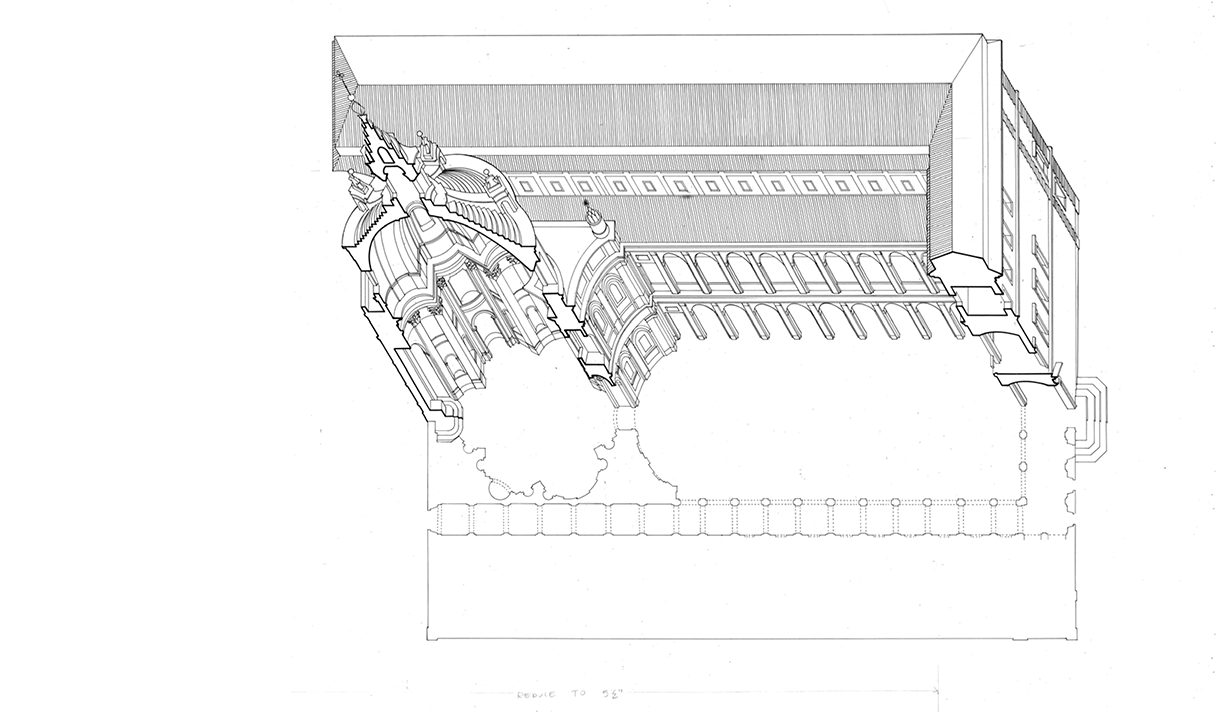I was really happy to receive a copy of Jon Michael Schwarting’s new book “Rome: Urban Formation and Transformation”. As a self-professed lover of Italy and Rome, it is interesting to see the analysis of the form of Rome.
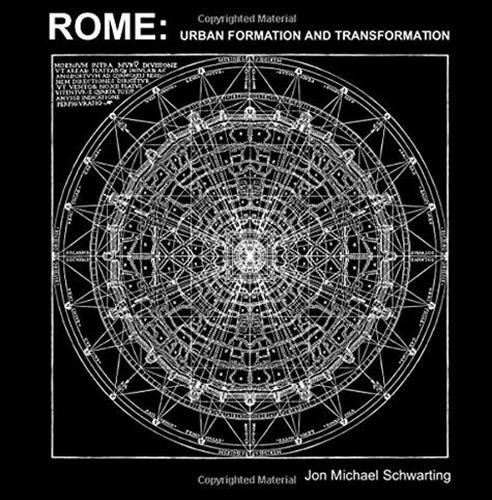
A short blurb from Amazon via the link in ArchDaily: “In this book, Formation is ideal and utopian thinking, and Transformation is the adaptation of the ideal to the real or existing conditions. The book examines the dialectical relationship of these in the creation of the city. The subject is a contextual theory of urban design, utilizing Italian Renaissance and Baroque architecture and urban development of Rome, as a case study. It demonstrates the complexity of Roman urbanism and the inter-relationship and role of Roman architecture to its urban context. The theory of urban ’Contextualism’ has not been adequately discussed and presented in regards to this historical city. Why it is important as a theory and as a method for designing Roman cities today? And therefore, it needs to be discussed. The book is an exploration and demonstration of urban analysis and visual diagramming, it is an urban and architectural analysis of significant Ancient, Renaissance and Baroque historical developments in the great city of Rome. There has rarely been a discussion and visual presentation of the relationship of Roman architecture to its urban context.?”
The book is simple in structure, well illustrated with a number of black and white maps and line sketches, as shown in some spreads, via NAi:
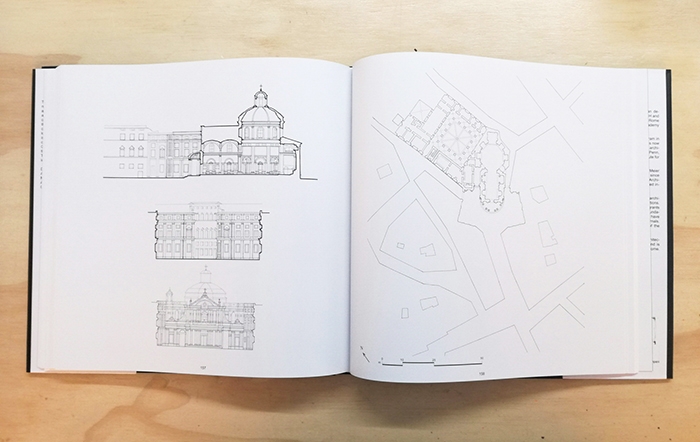
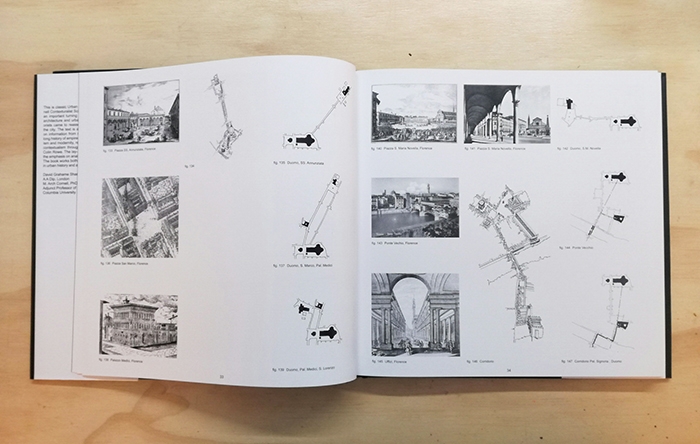
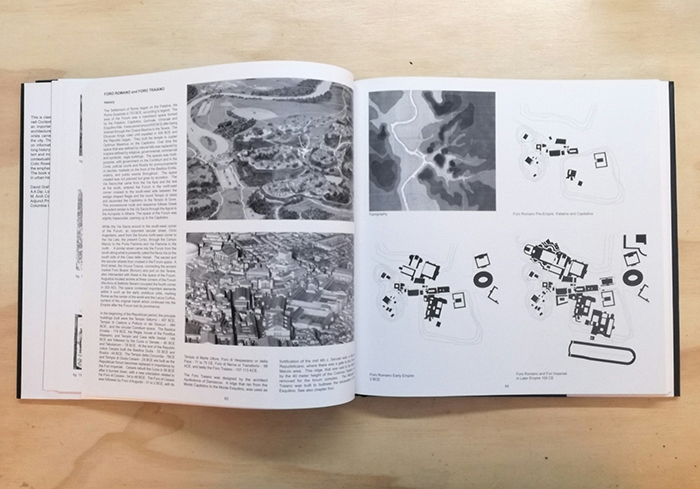
Jon Michael Schwarting is an architect and professor of architecture and urbanism. He is a graduate of Cornell University in architecture and urban design. He had a Rome Prize and is a Fellow and Trustee Emeritus of the American Academy in Rome.
I’m still digging through this so will post some follow up. In the interim, a video of Mr. Schwarting discussing the book can be found here:
